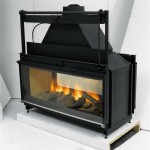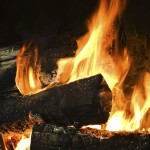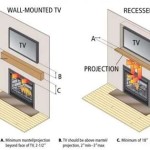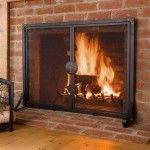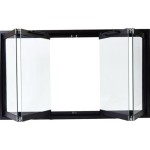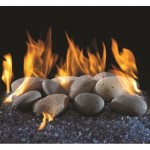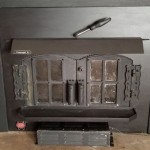Understanding the Essential Aspects of Heat Exchanger Fireplaces
Heat exchanger fireplaces offer a great way to enjoy the warmth and ambiance of a wood-burning fire while efficiently heating your home. Understanding the essential aspects of these fireplaces is crucial to maximizing their benefits and ensuring safe and efficient operation.
Heat Exchanger Technology
The defining feature of heat exchanger fireplaces is their ability to transfer heat from the firebox to the surrounding air using a built-in heat exchanger. This heat exchanger, typically made of metal or ceramic, absorbs heat from the firebox and circulates warm air throughout the room or the entire house via a duct system.
Efficiency and Heat Output
Heat exchanger fireplaces are highly efficient, with some models offering efficiency ratings of up to 80%. They effectively convert a large portion of the heat generated by the fire into usable heat for your home. This results in reduced wood consumption and lower heating costs.
The heat output of a heat exchanger fireplace varies depending on its size, design, and fuel source. Typically, larger fireplaces with higher-rated heat exchangers produce more heat.
Installation and Maintenance
Proper installation is crucial for the safe and efficient operation of a heat exchanger fireplace. It's recommended to consult a qualified installer to ensure the fireplace is correctly vented and connected to the heat distribution system.
Maintenance is relatively simple. Regular cleaning of the firebox, chimney, and heat exchanger is essential to maintain optimal performance and prevent buildup of soot and debris.
Safety Features
Heat exchanger fireplaces come equipped with various safety features, such as tempered glass doors to prevent burns, spark arrestors to minimize fire hazards, and automatic shut-off mechanisms to prevent overheating.
It's important to follow manufacturer instructions regarding fuel use, fire safety precautions, and regular inspections to ensure the continued safe operation of your fireplace.
Fuel Considerations
Heat exchanger fireplaces typically burn wood, although some models can be adapted to burn other fuels, such as pellets or gas. Wood-burning fireplaces offer the traditional charm of a real fire but require regular fuel supply and storage.
Gas-burning heat exchanger fireplaces provide similar heat output and convenience, with the added advantage of being easier to start and control.
Conclusion
Heat exchanger fireplaces offer an excellent combination of warmth, efficiency, and safety. By understanding the essential aspects of these fireplaces, you can make an informed decision about choosing the right model for your needs and ensure it delivers the desired comfort and heating performance for years to come.

24gr 14 24td Fireplace Heat Exchanger Hasty Hastyheat

Fireplace As Heatingsystem Called Thermo Exclusive Property Blog

Size 45 Airculator Wood Burning Fireplace Heat Exchanger

Fire Place Heat Exchanger Wood Fireplace Gas

Tiny Stainless Grate Fanless Hastyheat

Fire Place Heat Exchanger Fireplace Blower

Size 39 Airculator Wood Burning Fireplace Heat Exchanger

An Ultimate Guide To Fireplace Heat Exchanger Meaning Installation

Fireplace Wood Burning Airculator 45 20k Btu S Heat Exchanger Blower He14501

Choose A Fireplace Grate Heater From The 3 Top Ing For 2024
Related Posts

